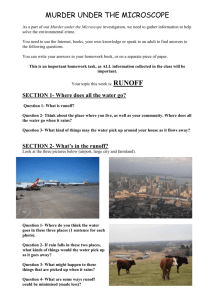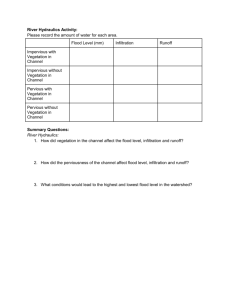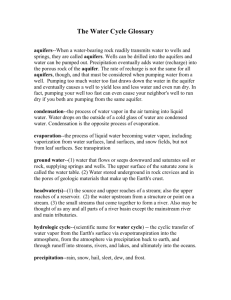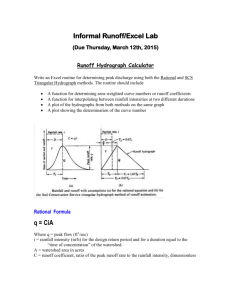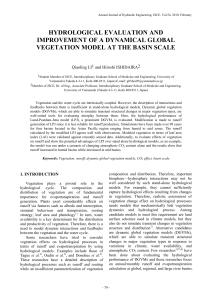Click here to open the Consultant Report
advertisement
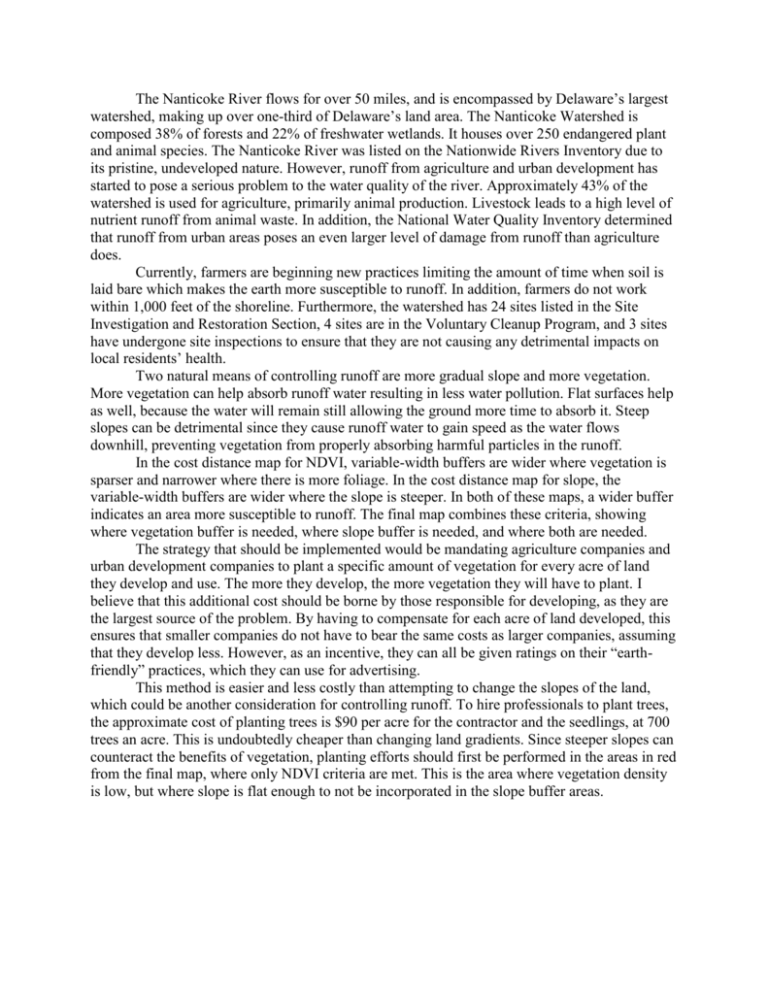
The Nanticoke River flows for over 50 miles, and is encompassed by Delaware’s largest watershed, making up over one-third of Delaware’s land area. The Nanticoke Watershed is composed 38% of forests and 22% of freshwater wetlands. It houses over 250 endangered plant and animal species. The Nanticoke River was listed on the Nationwide Rivers Inventory due to its pristine, undeveloped nature. However, runoff from agriculture and urban development has started to pose a serious problem to the water quality of the river. Approximately 43% of the watershed is used for agriculture, primarily animal production. Livestock leads to a high level of nutrient runoff from animal waste. In addition, the National Water Quality Inventory determined that runoff from urban areas poses an even larger level of damage from runoff than agriculture does. Currently, farmers are beginning new practices limiting the amount of time when soil is laid bare which makes the earth more susceptible to runoff. In addition, farmers do not work within 1,000 feet of the shoreline. Furthermore, the watershed has 24 sites listed in the Site Investigation and Restoration Section, 4 sites are in the Voluntary Cleanup Program, and 3 sites have undergone site inspections to ensure that they are not causing any detrimental impacts on local residents’ health. Two natural means of controlling runoff are more gradual slope and more vegetation. More vegetation can help absorb runoff water resulting in less water pollution. Flat surfaces help as well, because the water will remain still allowing the ground more time to absorb it. Steep slopes can be detrimental since they cause runoff water to gain speed as the water flows downhill, preventing vegetation from properly absorbing harmful particles in the runoff. In the cost distance map for NDVI, variable-width buffers are wider where vegetation is sparser and narrower where there is more foliage. In the cost distance map for slope, the variable-width buffers are wider where the slope is steeper. In both of these maps, a wider buffer indicates an area more susceptible to runoff. The final map combines these criteria, showing where vegetation buffer is needed, where slope buffer is needed, and where both are needed. The strategy that should be implemented would be mandating agriculture companies and urban development companies to plant a specific amount of vegetation for every acre of land they develop and use. The more they develop, the more vegetation they will have to plant. I believe that this additional cost should be borne by those responsible for developing, as they are the largest source of the problem. By having to compensate for each acre of land developed, this ensures that smaller companies do not have to bear the same costs as larger companies, assuming that they develop less. However, as an incentive, they can all be given ratings on their “earthfriendly” practices, which they can use for advertising. This method is easier and less costly than attempting to change the slopes of the land, which could be another consideration for controlling runoff. To hire professionals to plant trees, the approximate cost of planting trees is $90 per acre for the contractor and the seedlings, at 700 trees an acre. This is undoubtedly cheaper than changing land gradients. Since steeper slopes can counteract the benefits of vegetation, planting efforts should first be performed in the areas in red from the final map, where only NDVI criteria are met. This is the area where vegetation density is low, but where slope is flat enough to not be incorporated in the slope buffer areas. Information on the Nanitcoke from: "Tree Planting." Timberland Associates, LLC. Ed. Tom Busch. N.p., n.d. Web. 18 Nov. 2013. <http://www.timberlandassociates.com>. "Nanticoke River." Delaware Watersheds. Delaware Department of Natural Resources and Environmental Control, n.d. Web. 19 Nov. 2013. <http://www.delawarewatersheds.org>. Information on Costs of Tree Planting from: "The Nanticoke River." Smithsonian Environmental Research Center. Smithsonian, n.d. Web. 20 Nov. 2013. <http://www.serc.si.edu>.






